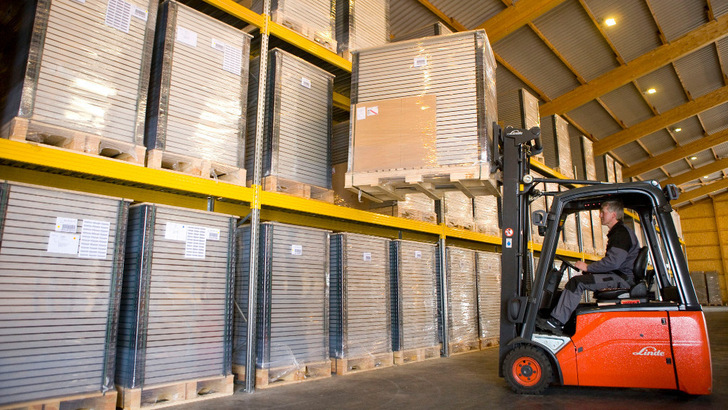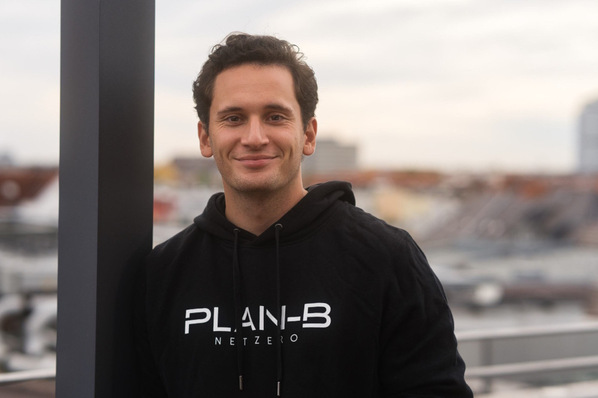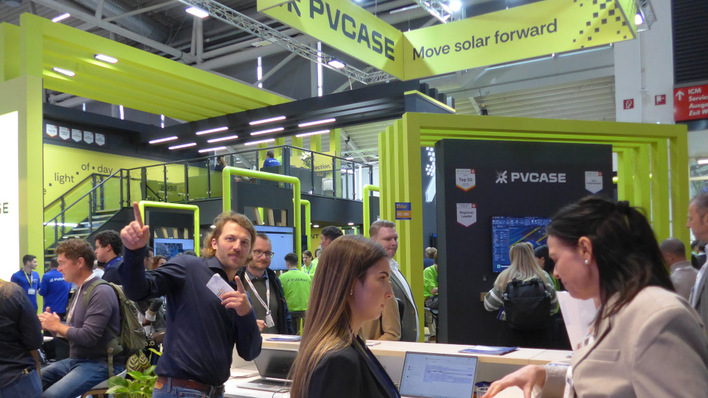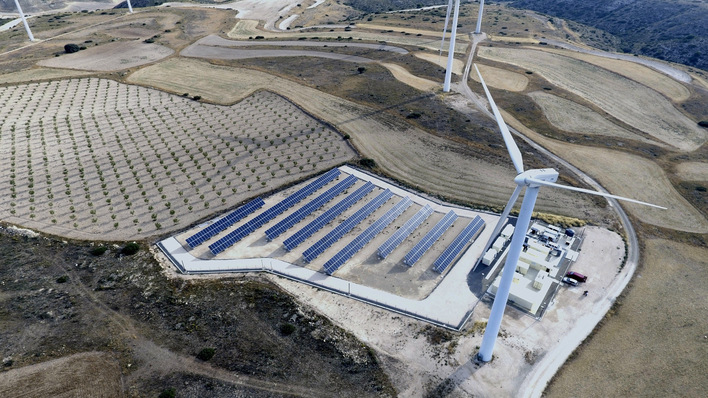Prices for solar modules have continued to fall in the last four weeks, according to the online marketplace PV Xchange. The highly efficient modules with more than 21 per cent efficiency and modern cell technologies were traded for 35 cents per watt. This is two cents per watt less than in the previous month. Overall, prices for this class of modules have fallen by 12.5 per cent since the beginning of the year.
See also: The evolution of the Italian PV market
However, standard modules, which are mainly used in large projects, have also dropped in price by one cent per watt. They now trade for 28 cents per watt on average. This means that module costs in this segment have fallen by 6.7 per cent since the beginning of the year.
Modules are available
Martin Schachinger, Managing Director of PV Xchange, attributes this surprisingly positive development to two reasons. On the one hand, there is the improved availability of modules. "Even the heterojunction modules of the German-Swiss manufacturer Meyer Burger, which are otherwise difficult to deliver, are currently available by the truckload at the distributors. This puts a lot of pressure on the sales prices," Martin Schachinger knows. "We hear from Spain that the warehouses there are also full of modules beyond the two-square-metre mark, which are intended for medium to large systems there."
Too little capacity added
On the other hand, the number of new installations is below expectations. In fact, installation figures in Germany increased strongly at the beginning of this year. In January, according to the Federal Network Agency, systems with an output of 935 megawatts were put into operation. One month later, the addition of new capacity fell to 829 megawatts. The previous record for the year was reached in March with 1.07 gigawatts. In April it cooled down again to 881 megawatts - not least due to the immense increase in plant prices.
Also interesting: DAS Solar signs cooperation agreement with Energy Fields Israel
Wholesalers under pressure
These figures are all far below the targeted corridor of 1.5 gigawatts per month. This expansion is necessary to reach the target of 215 gigawatts of installed solar power capacity by 2030. This rather sluggish expansion in the European lead market Germany is putting pressure on the wholesalers. They are in great need and are increasingly offering their goods at the level of their purchase price or below, explains Martin Schachinger. "That in turn is good for investors there as well as here, because the congestion in the intermediate warehouses of dealers and manufacturers naturally also has an impact on other European markets." (su/mfo)









